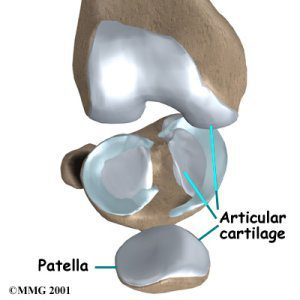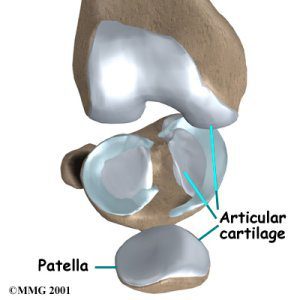
Organ transplants are no longer a novelty, but transplants could help save a lot of lives of people who need certain tissues to live. There is probably going to be a day when laboratories could be able to grow synthetically engineered tissues such as muscle or cartilage needed for transplants [later edit: Scientists create 3D tissue printer that prints cartilage]. A big step forward has been made by Cornell engineers who describe in the journal Nature Materials a microvascular system they have created – it can nourish growing tissues, and this is probably bigger than most people think, meaning that the system could accommodate many kinds of tissue. They have created tiny channels within a water-based gel that mimic a vascular system at the cellular scale and can supply oxygen, essential nutrients and growth factors to feed individual cells.
“A significant impediment to building engineered tissues is that you can’t feed the core,” said Abraham Stroock, Cornell assistant professor of chemical and biomolecular engineering and one of the paper’s senior authors. “Simply embedding this mimic of a microvascular system allows you to maintain the core of the tissue during culture.” Gel scaffolds, he said, “are the culture flasks of the future.”.
Researchers are able to provide just the right nutrients and proteins to certain parts of the growing tissue to make it grow different on one side than the other. Like a bone on one side and cartilage on the other.
This gives solutions to the physical engineering aspects of growing tissues synthetically. But the biological problems remain and they are very hard to solve; scientists have not found a a source of cells which could be grown without changing the cell’s characteristics.









